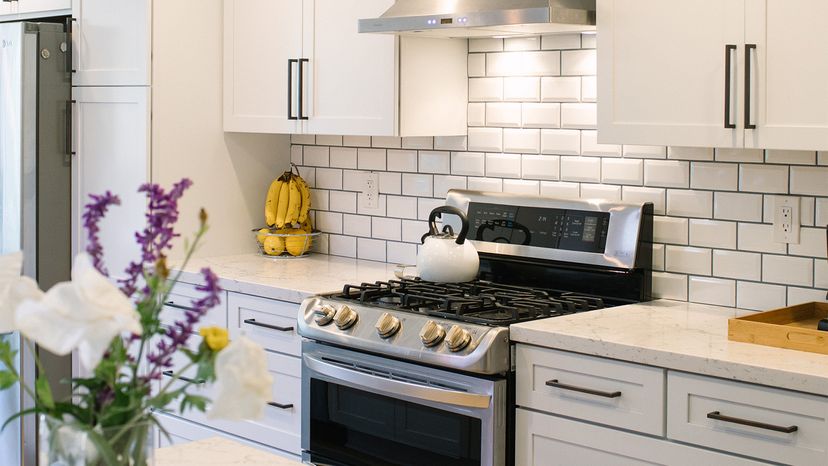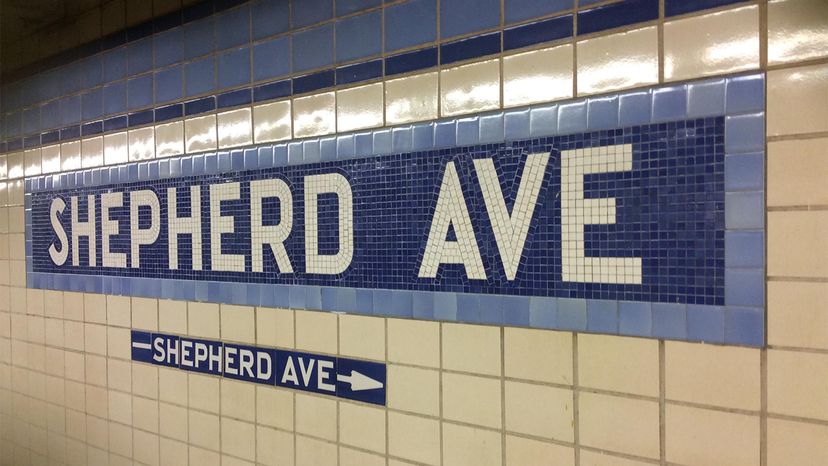
Subway tile, shiplap and barn doors are popular fixtures in the home improvement industry, but while the latter two are more taste-specific home decor selections, the explosion of interest in subway tile has yielded a color, pattern, finish and size to suit just about anyone. Interested in adding a splash of subway to your home? Check out these fun facts about the tile that everyone's come to know and love.
Advertisement


